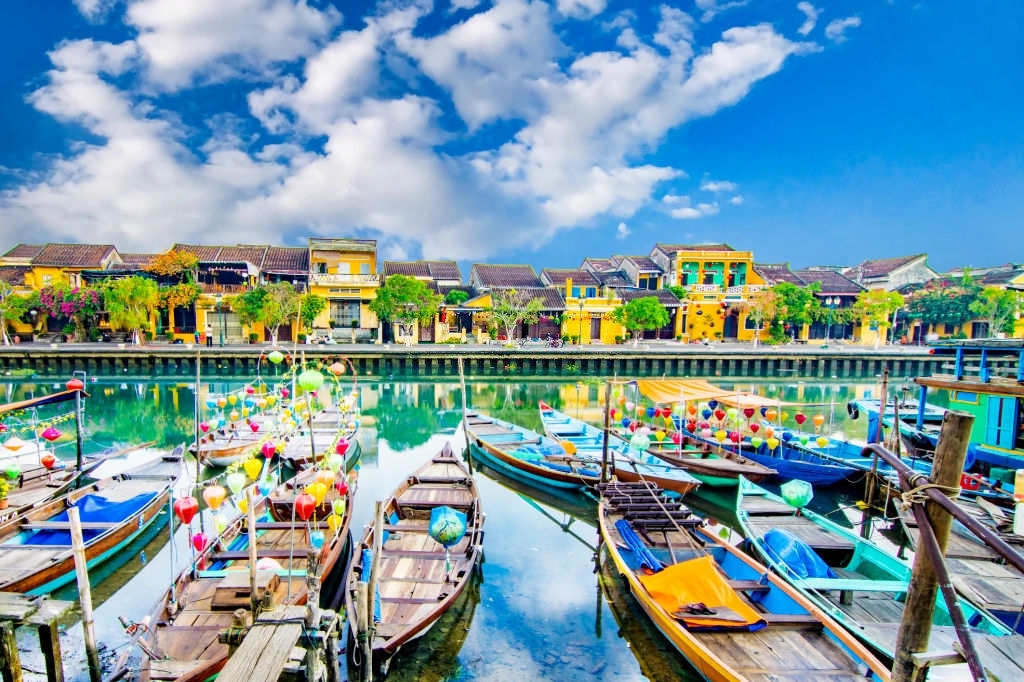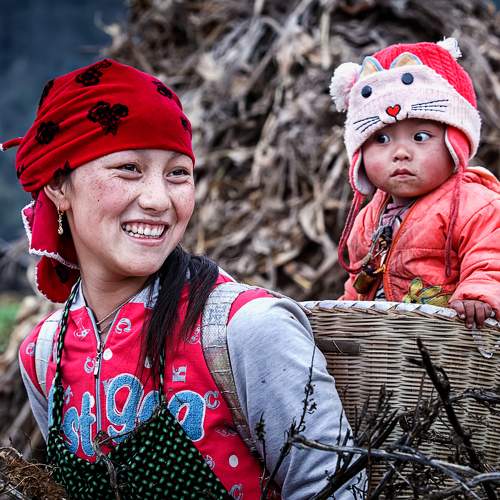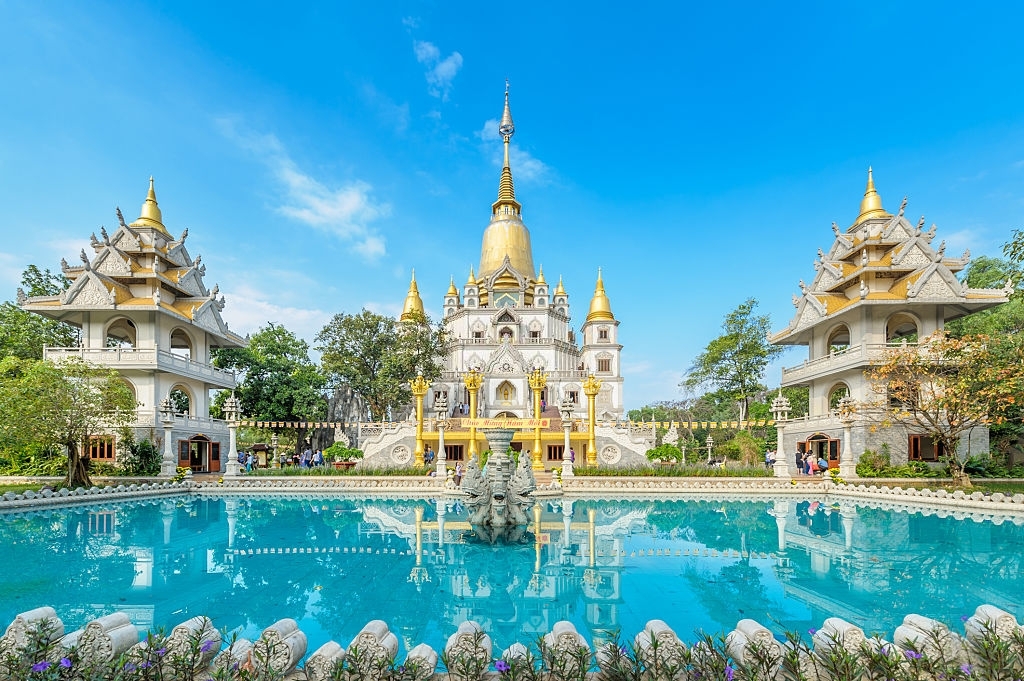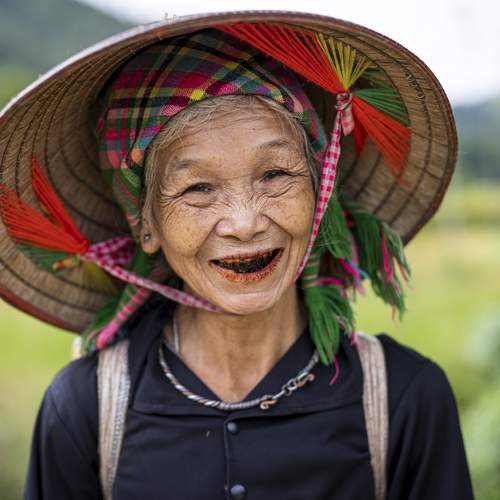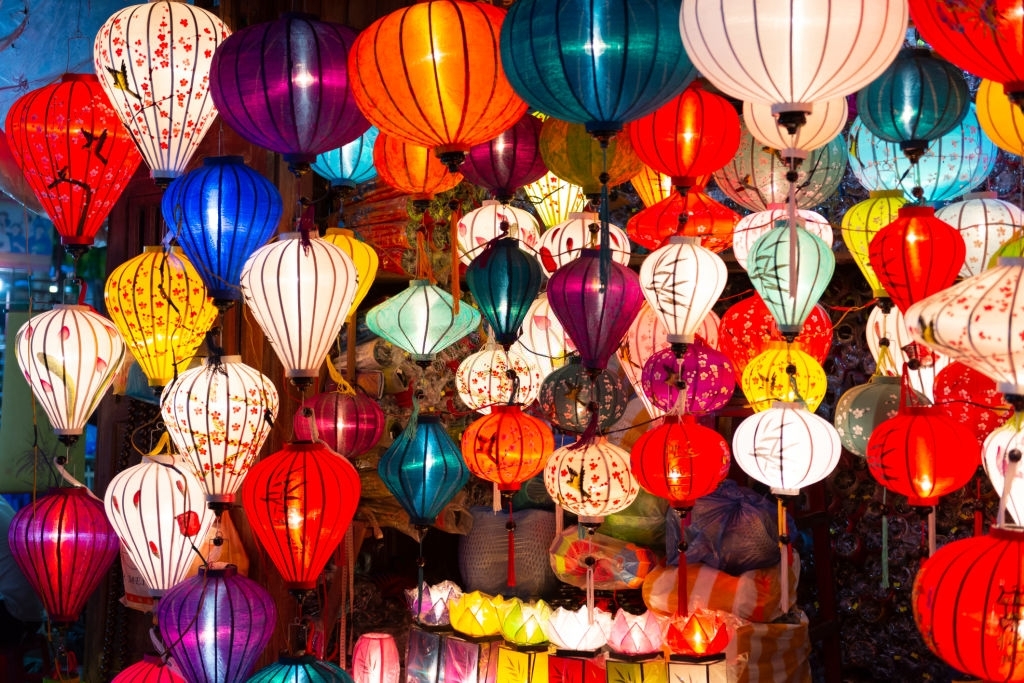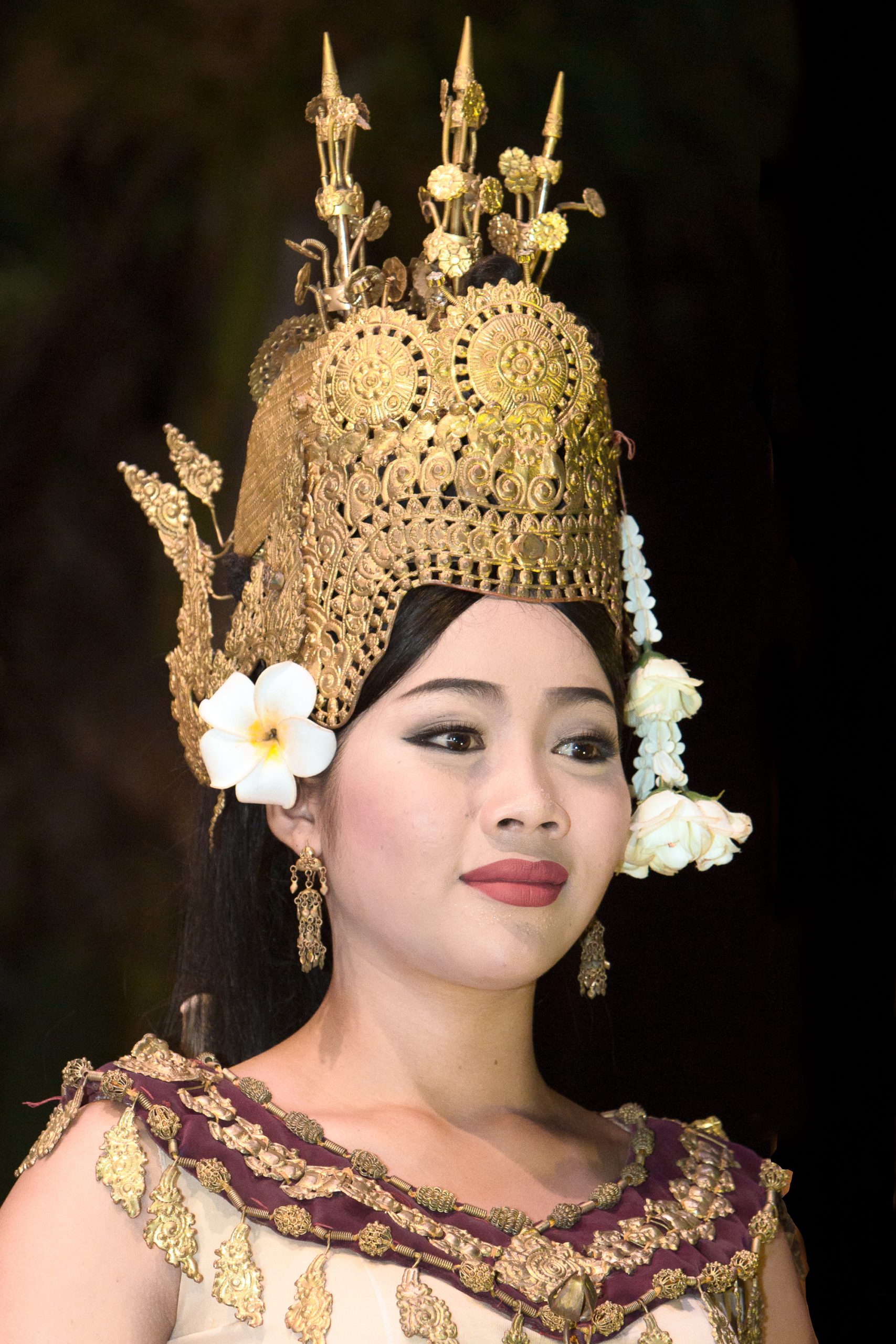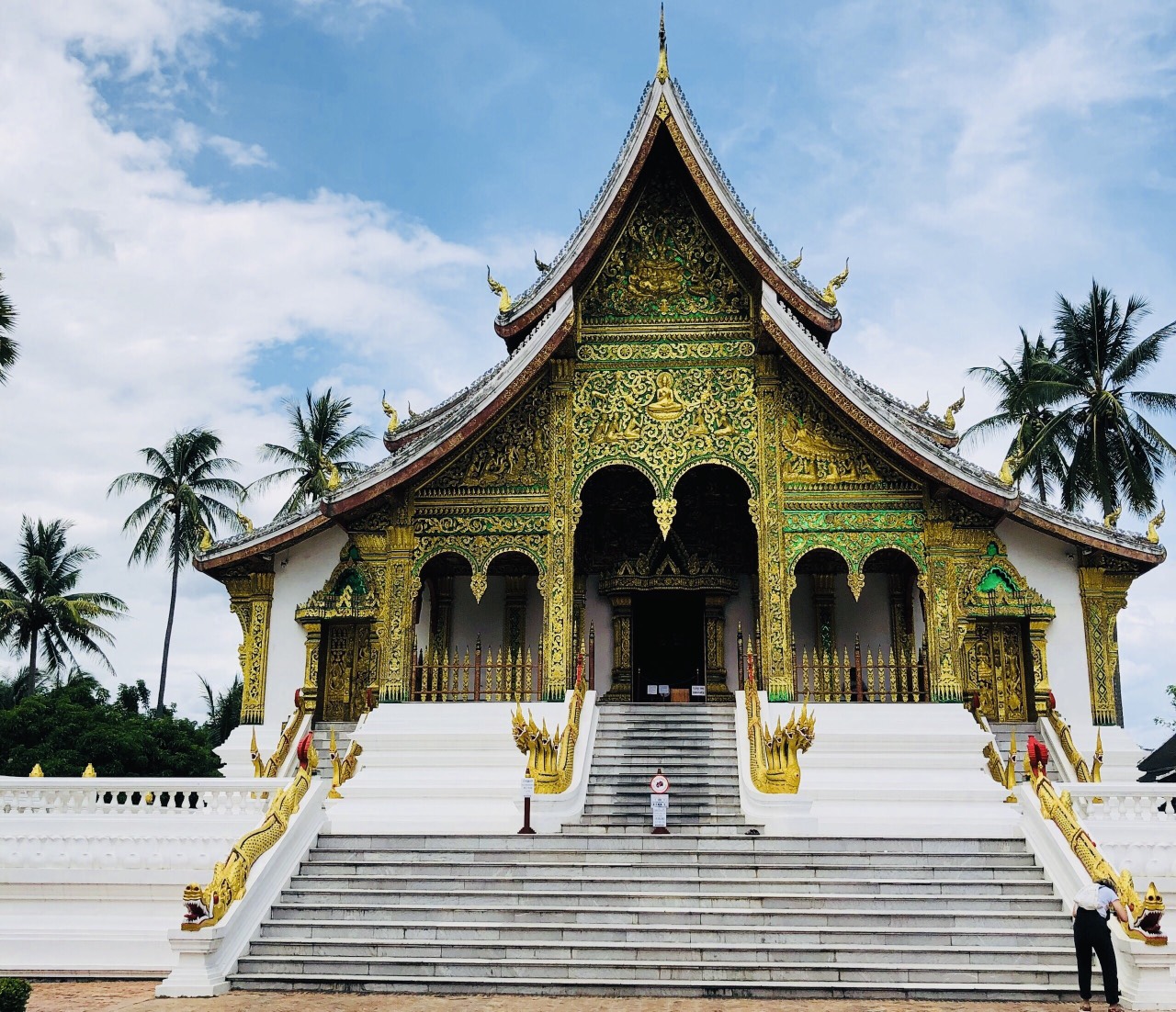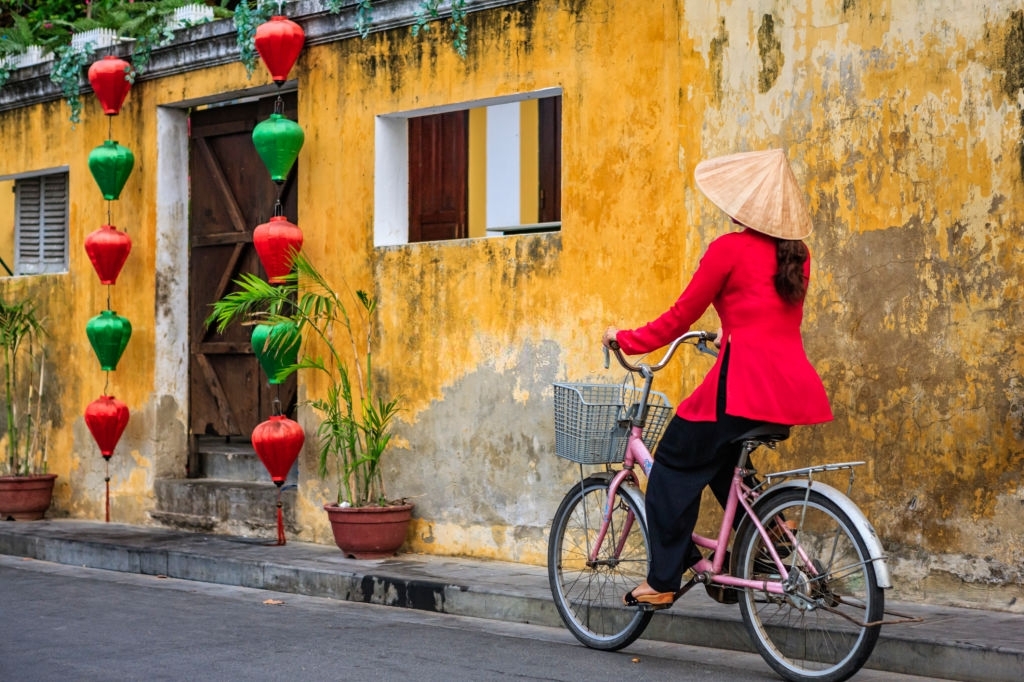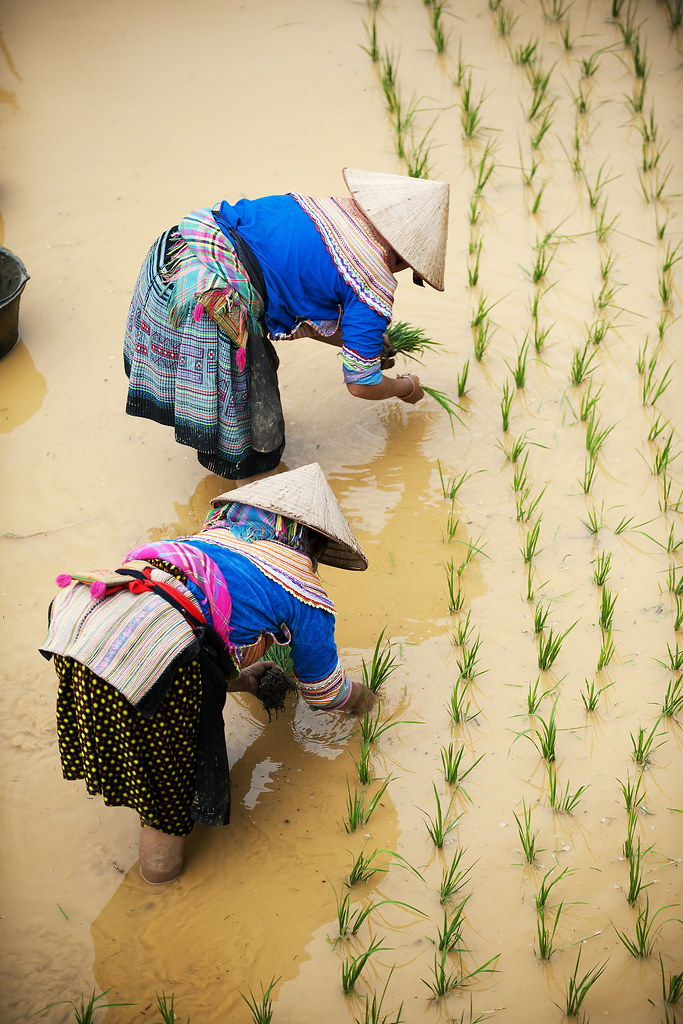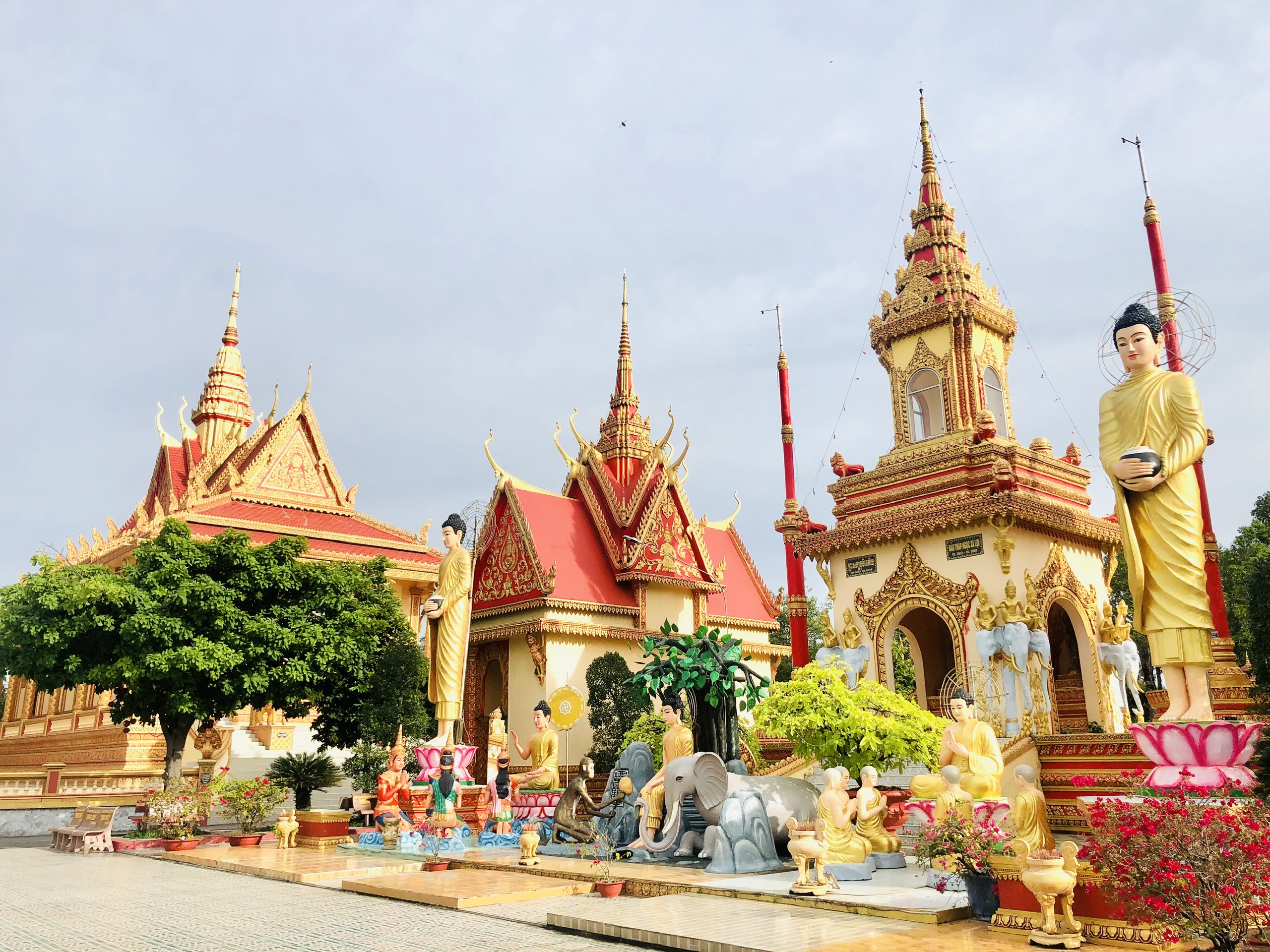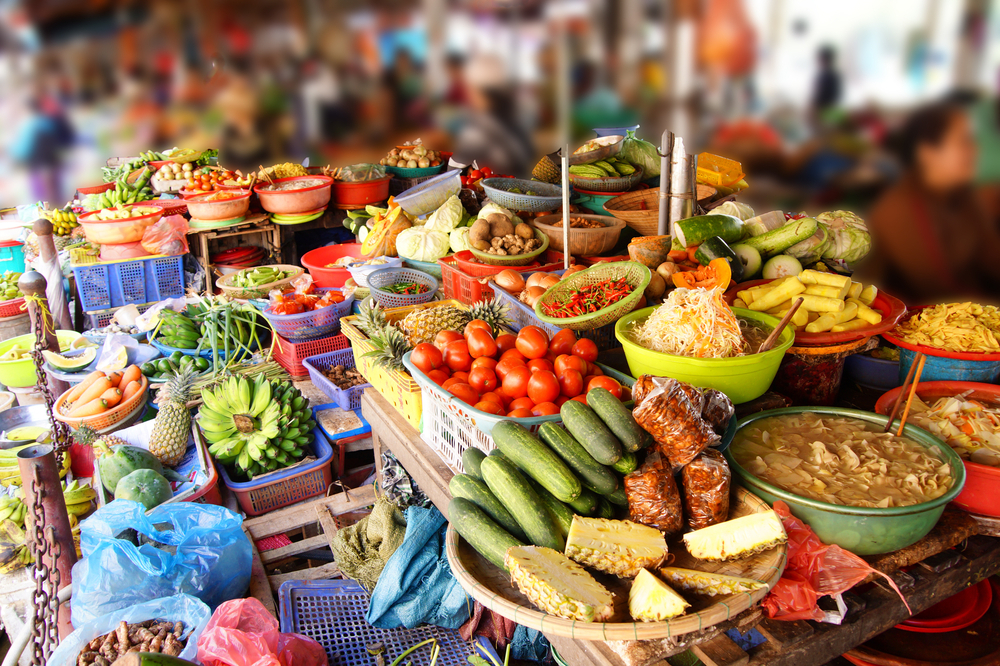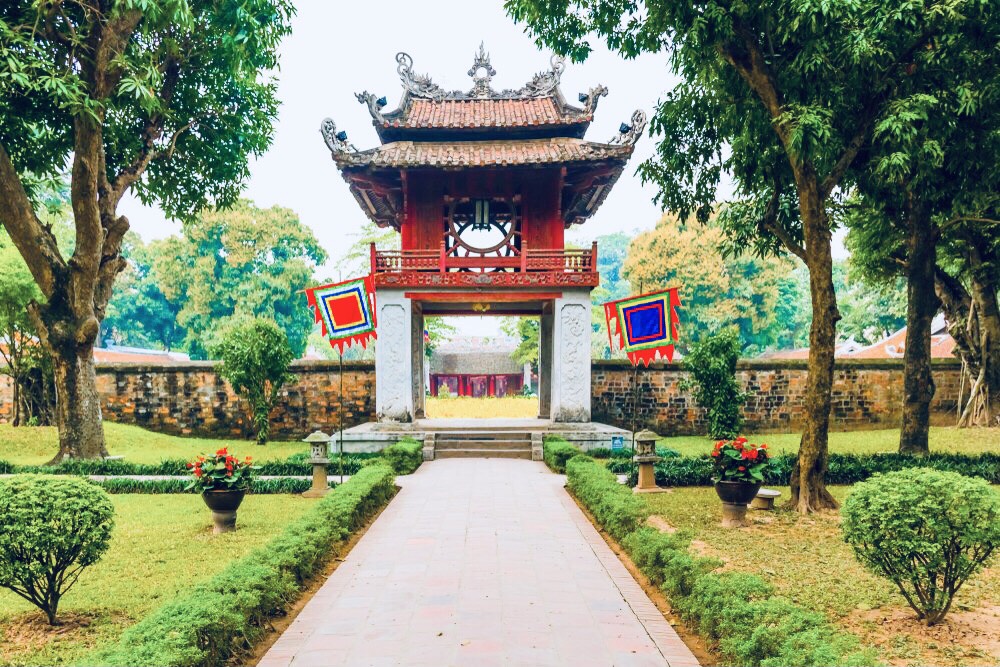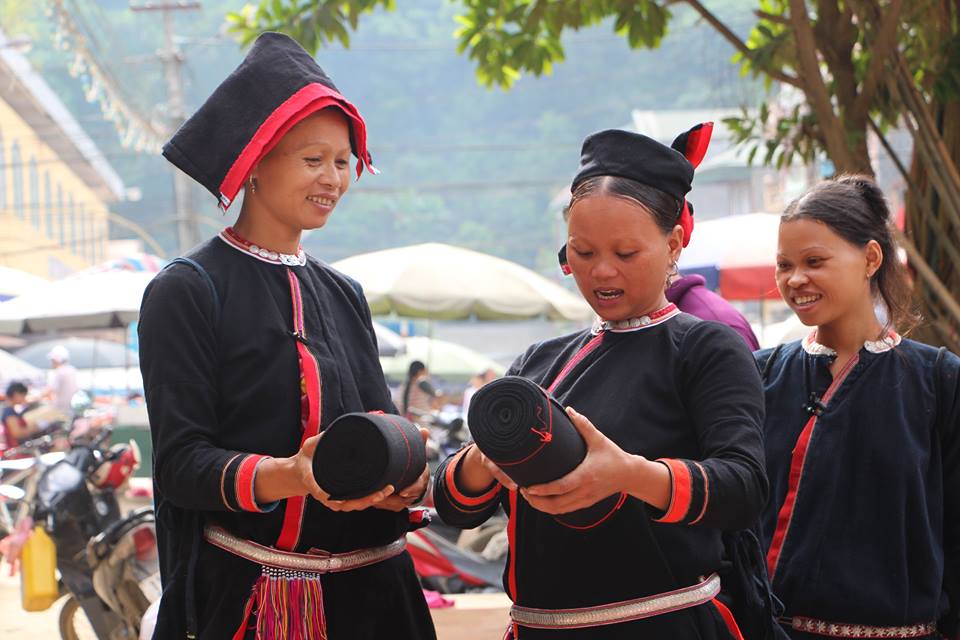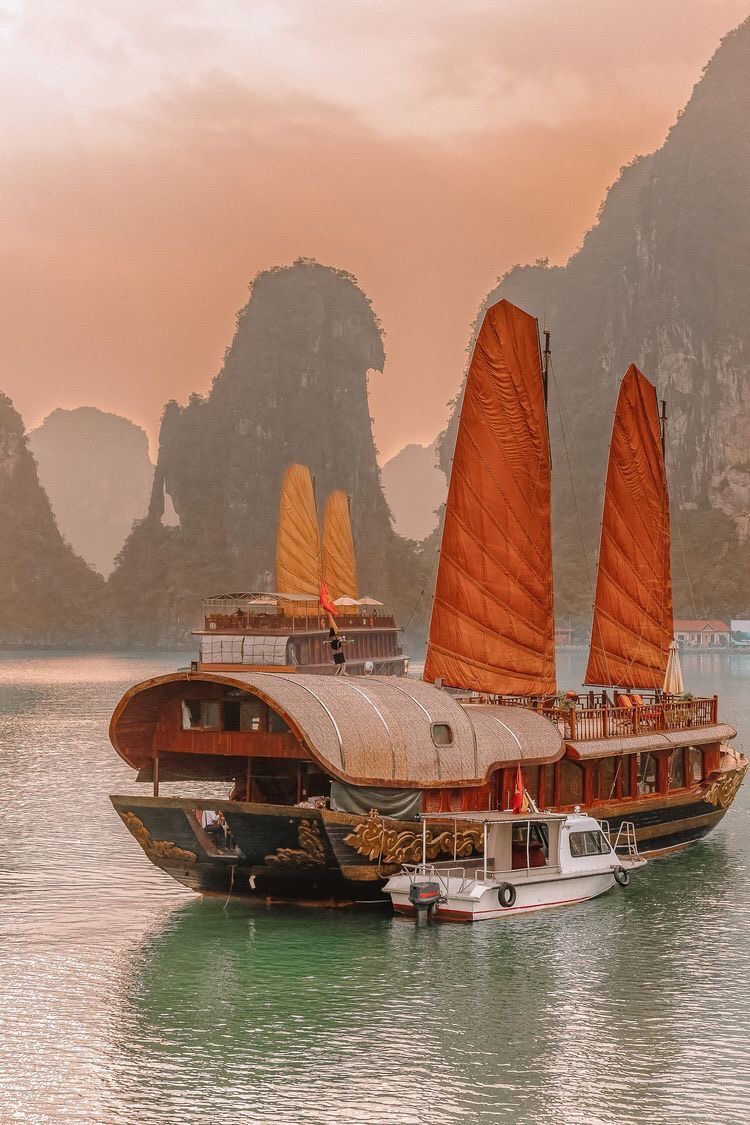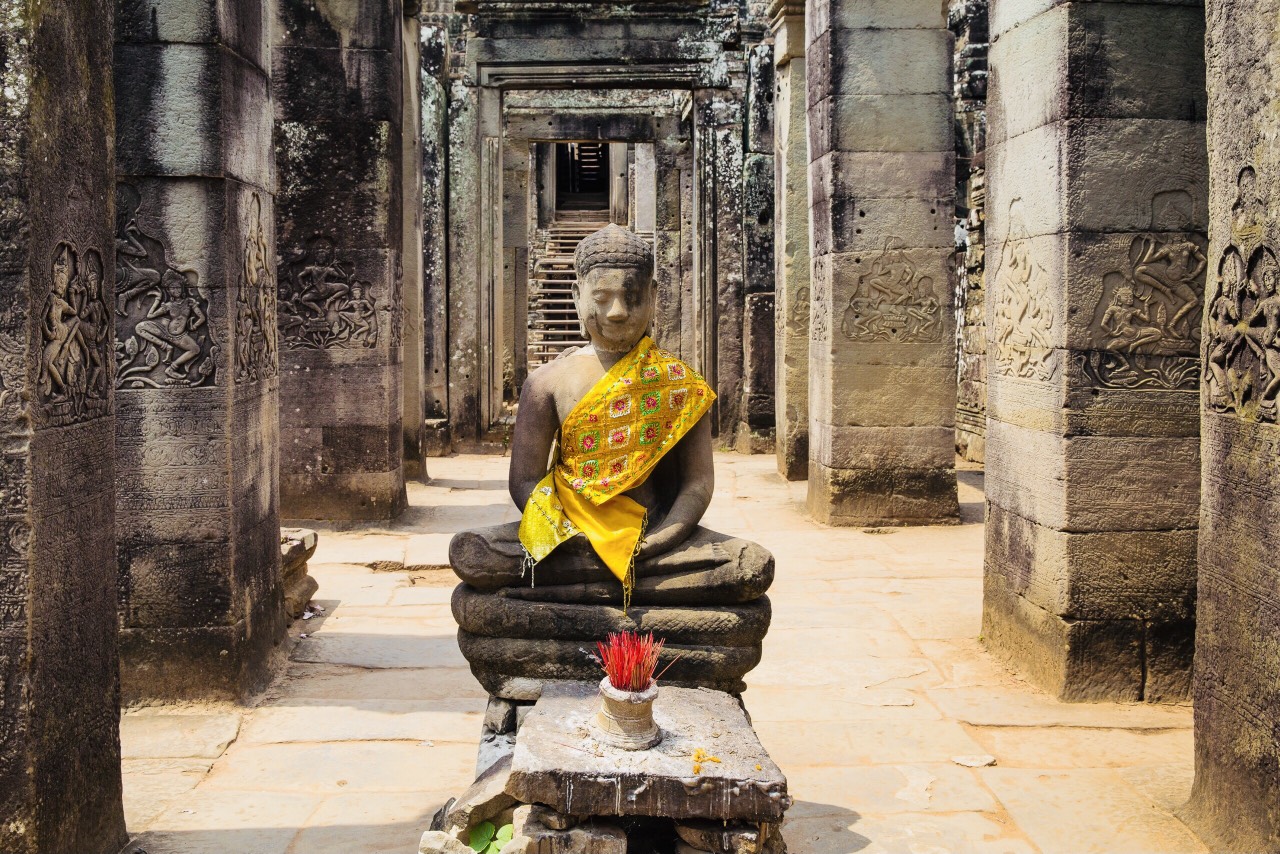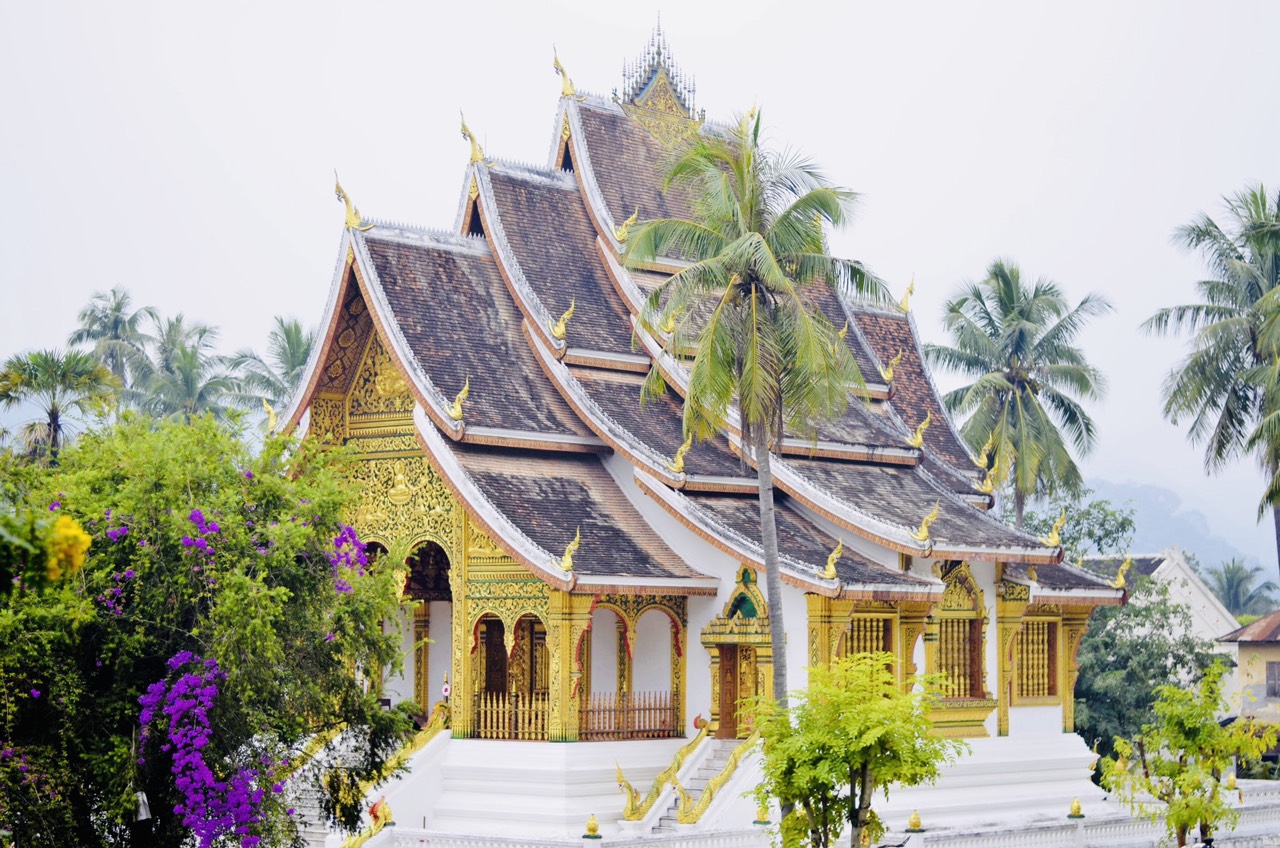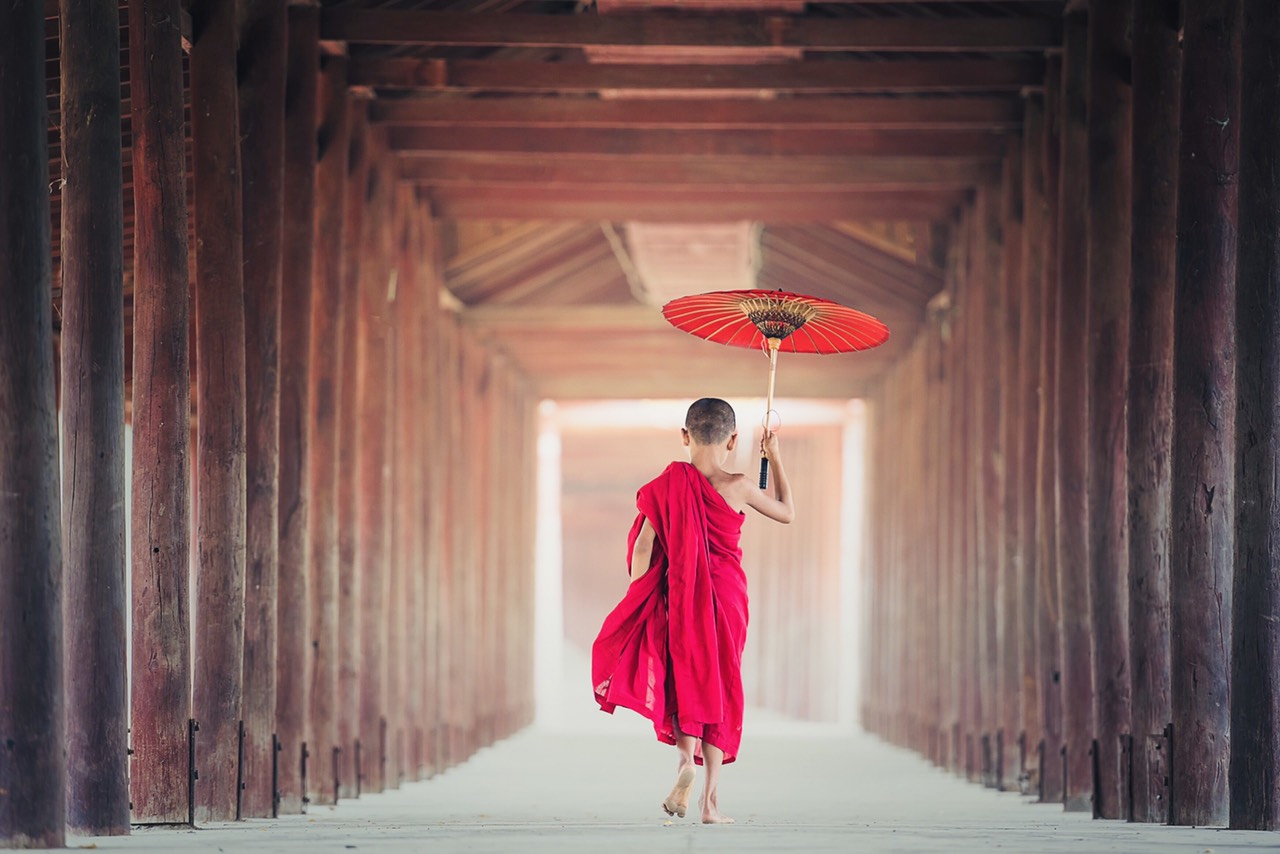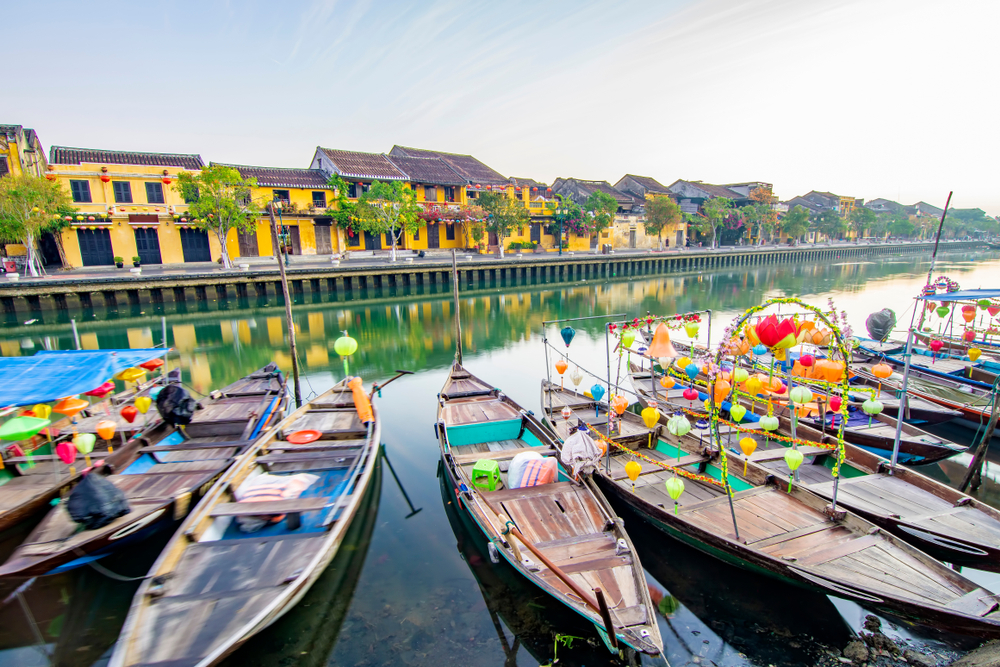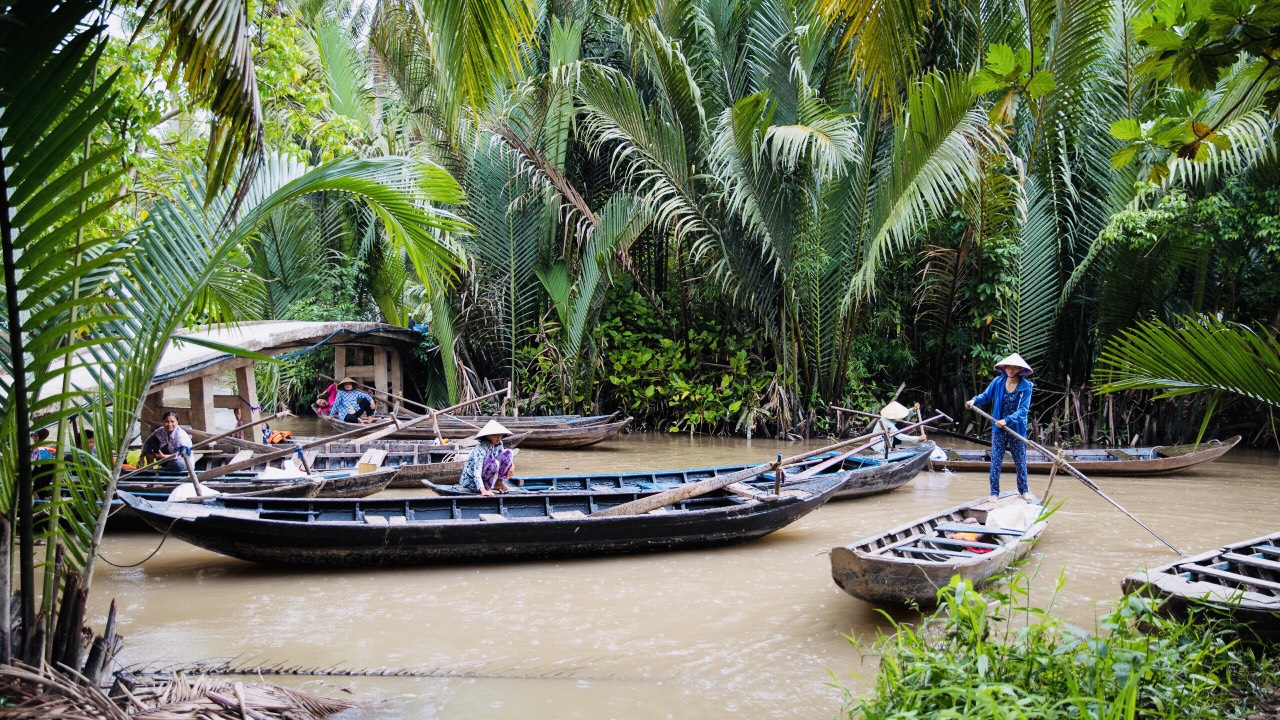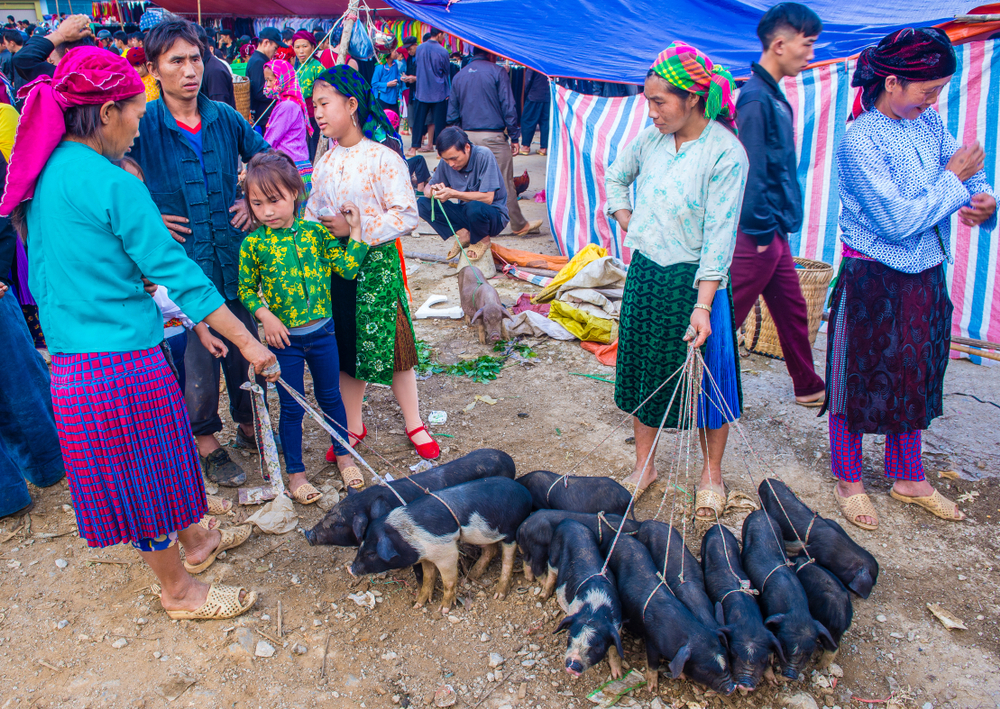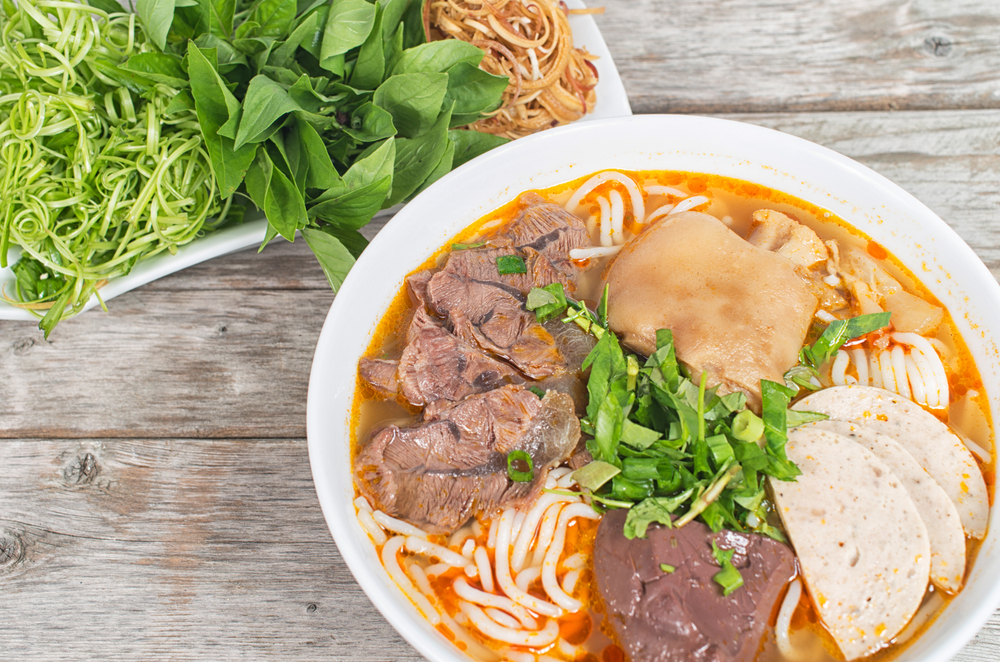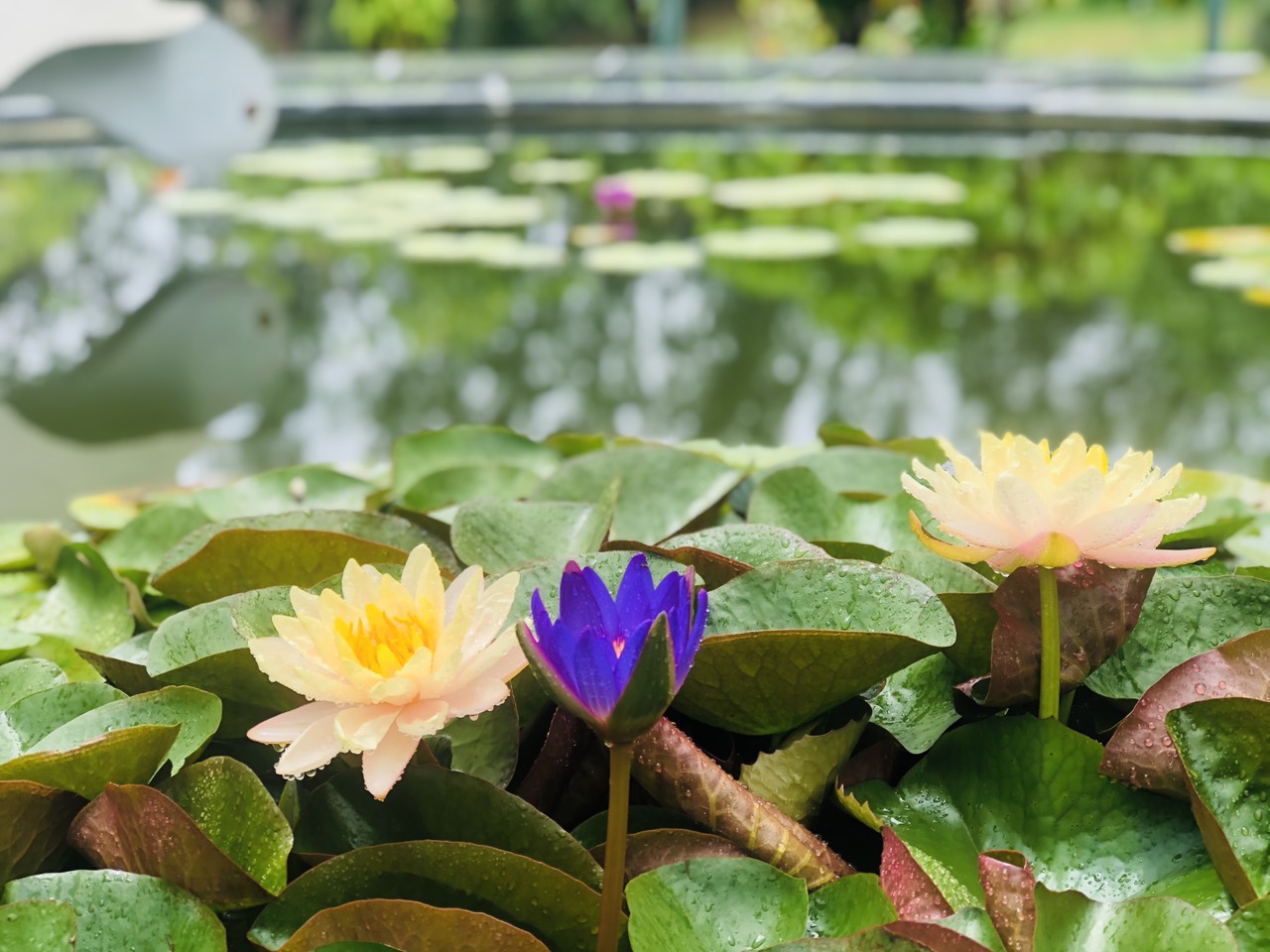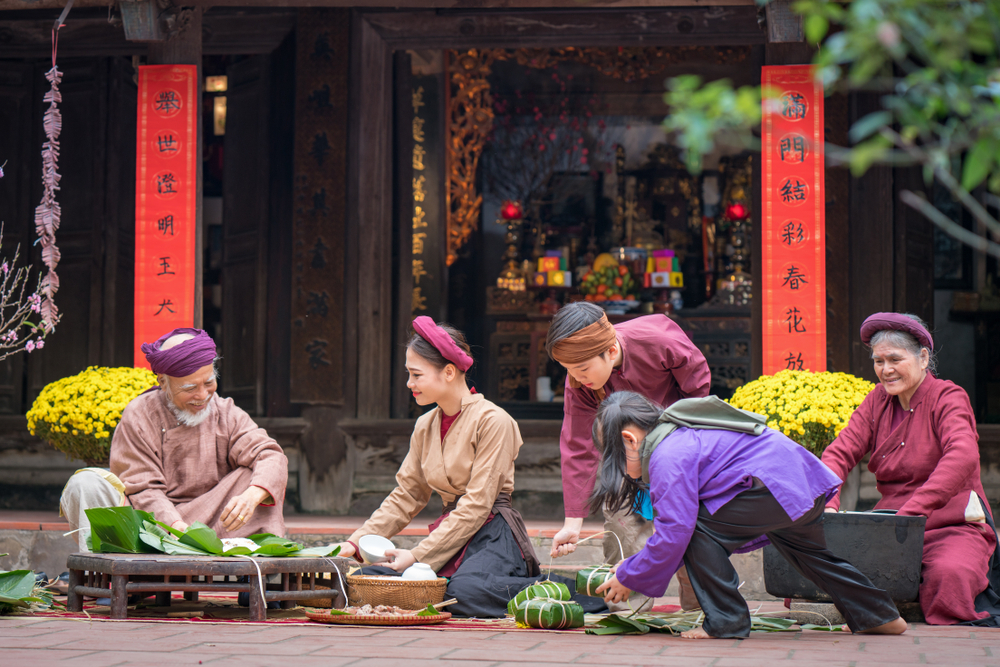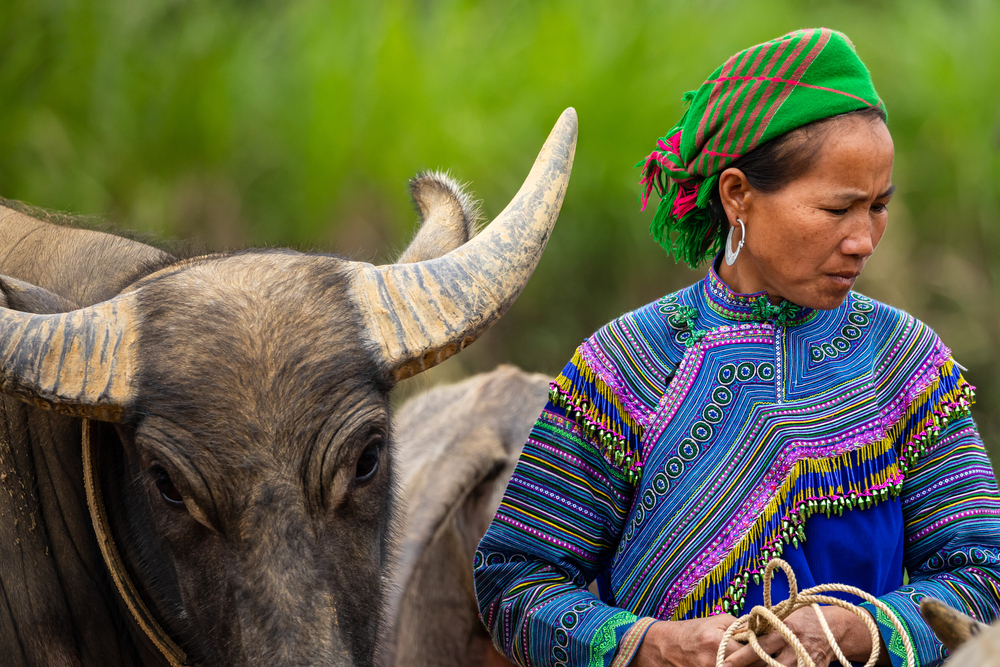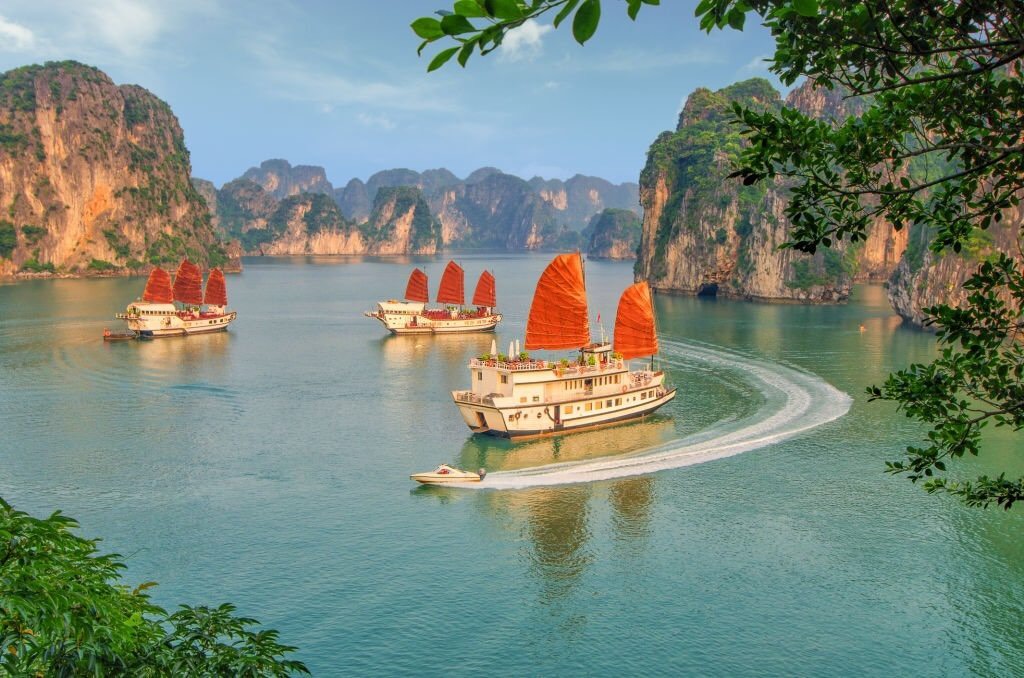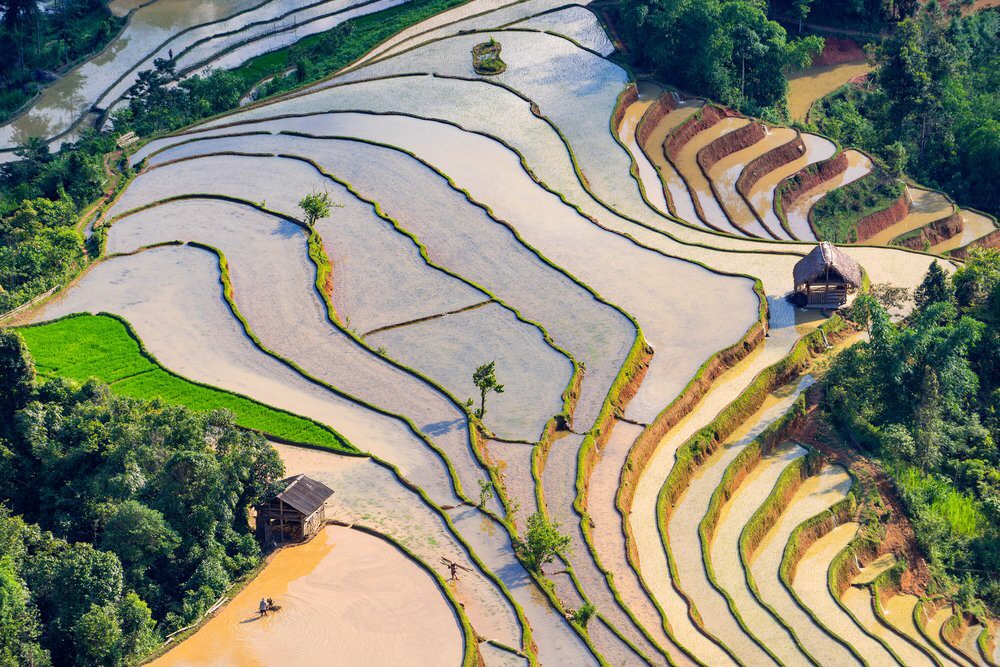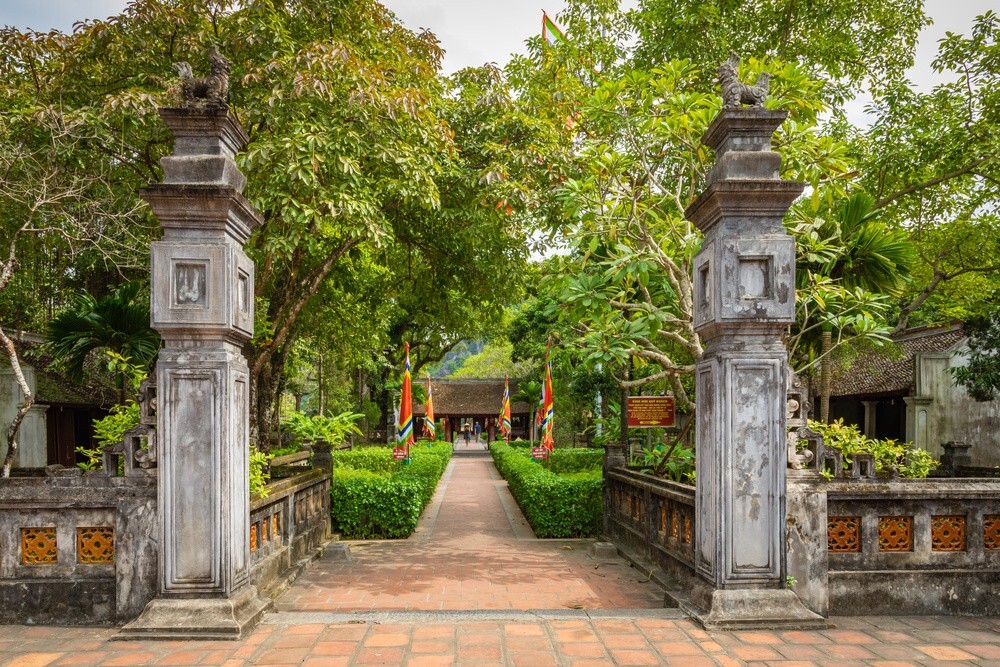
Located 90 km south of Hanoi in Ninh Binh province, Hoa Lu was the first capital of Vietnam that still preserves historical remains – two temples dedicated to two kings of the Dinh and Le dynasties.
From 968 to 1010, Hoa Lu was the capital of three successive dynasties of Vietnam: Dinh, earlier Le and Ly. It was only in 1010 that King Ly Thai To moved the capital from Hoa Lu to Thang Long (former name of Hanoi).
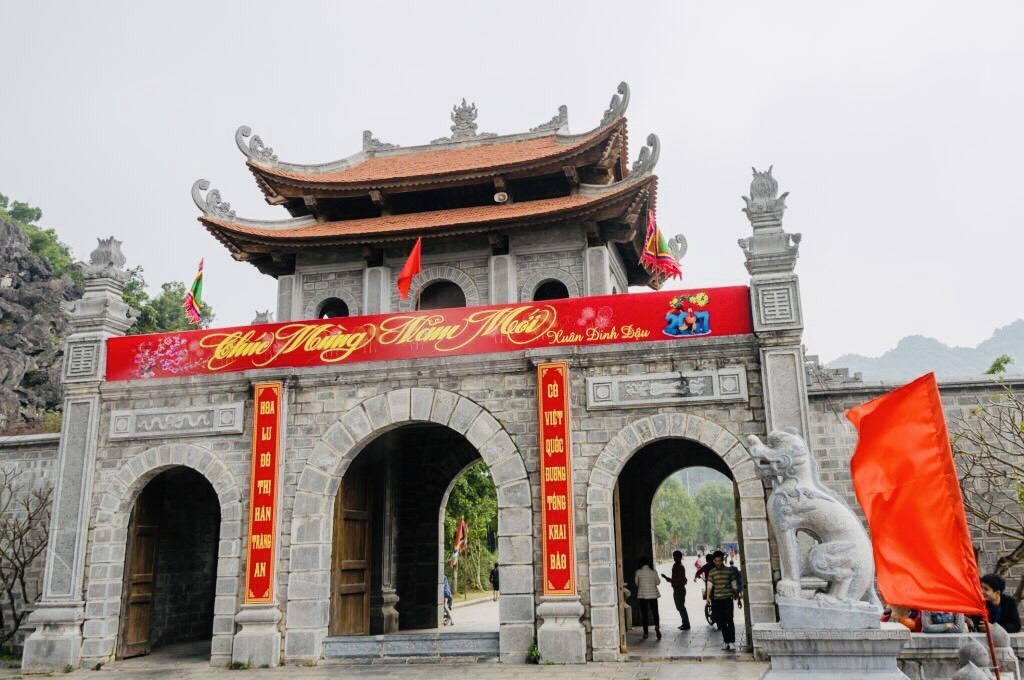 The Hoa Lu ancient capital with the temples of Emperors Dinh and Le is an important architectural and historical complex of Vietnam. It is part of the Trang An landscape complex, a UNESCO World Heritage Site.
The Hoa Lu ancient capital with the temples of Emperors Dinh and Le is an important architectural and historical complex of Vietnam. It is part of the Trang An landscape complex, a UNESCO World Heritage Site.
Temple of King Dinh Tien Hoang
The temple of King Dinh Tien Hoang (924-979) is the most beautiful and distinctive remnant of Hoa Lu.
The temple has three shrines: Bai Duong (for the community), Thien Huong (in honor of the mandarins) and Chinh Cung (the shrine dedicated to Dinh Tien Hoang). In the temple is a beautiful bronze bell and a statue of the emperor Dinh Tien Hoang, surrounded by those of his sons, on the left, and those of Dinh Hang Lang and Dinh Toan, on the right). The pavilion of the stele is decorated with a dragon motif reminiscent of the pavilion of the royal bed.

This temple, built in carved wood and stone, is an original and beautiful architectural work. It is a place where you can get a glimpse of the skills of Vietnamese craftsmen from the 17th to the 19th century.
The temple has a remarkable beauty and a serene atmosphere that gives the impression that it was built a thousand years ago.
Temple of King Le Dai Hanh
Located 500 meters north of the temple of King Dinh Tien Hoang, the temple of King Le Dai Hanh (941-1005) was built on the former grounds of the royal palace in the capital of Hoa Lu.
With the same architectural design as the temple of King Dinh Tien Hoang, this temple is smaller and consists of three parts: the front shrine, the house of Thien Huong and the shrine dedicated to the worship of the kings.
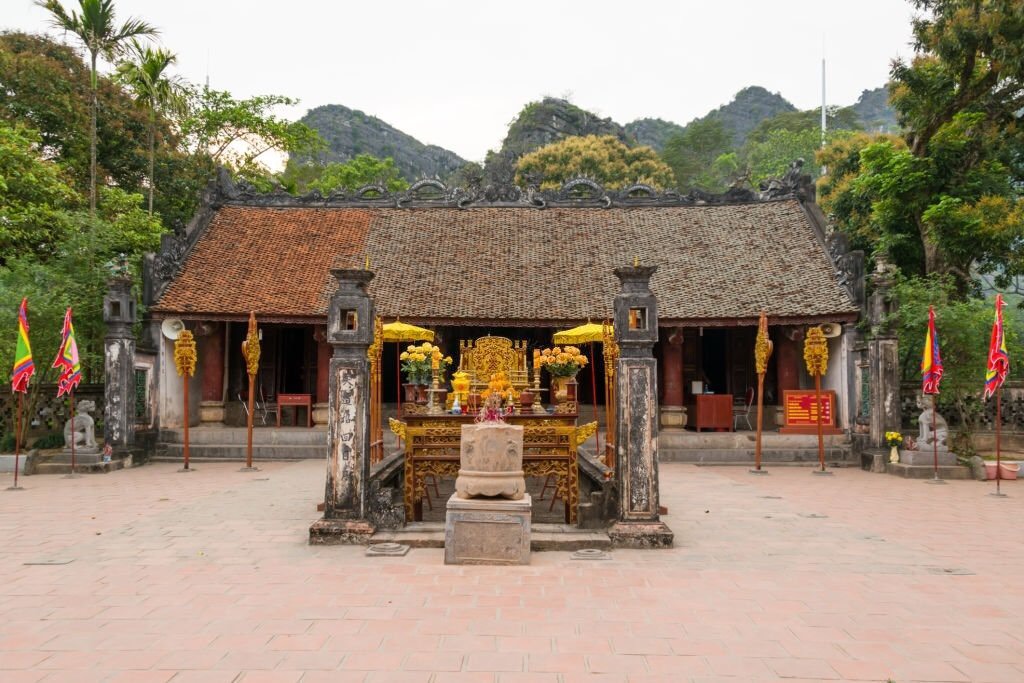
In the main sanctuary, you will find three statues, that of King Le Dai Hanh in the middle, that of Queen Duong Van Nga on the right and their fifth son Le Ngoa Trieu on the left, the third and last emperor of the previous Le Dynasty. The temple also has magnificent drums and gongs and a collection of weapons from the 10th to the 18th century.
The temples of kings Dinh Tien Hoang and Le Dai Hanh show the respect and appreciation of the Vietnamese people for these two kings. These remains and the surrounding landscape are worth a visit for those who want to explore and better understand the cultural, architectural and sculptural values associated with the legend of the founding of Dai Co Viet (the ancient name of Vietnam).





